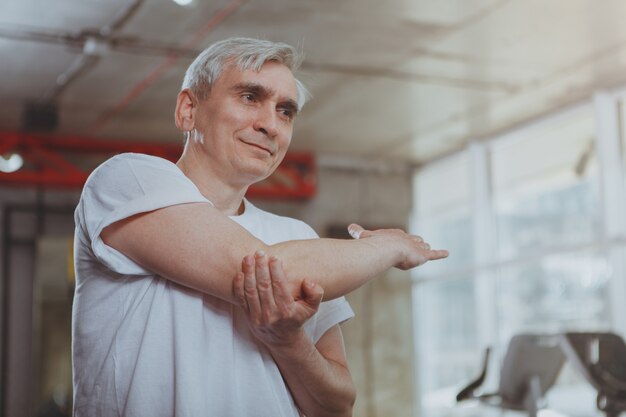Understanding the Causes of Osteoporosis: What Puts You at Risk?
Osteoporosis is a condition that affects millions worldwide, characterized by weak and brittle bones that are prone to fracturing. But how does one develop osteoporosis, and what can be done to manage or prevent it? Understanding the factors that contribute to the onset of osteoporosis can empower individuals to take proactive measures in preserving their bone health.
The Risk Factors You Need to Know
Osteoporosis can creep in silently, often only revealing itself through a fracture. Knowing the risk factors, however, can help in the early identification and prevention of this bone disease.
Age and Gender:
As you age, bone density declines, making age one of the most significant risk factors. Women, particularly those over 50, are more susceptible than men due to hormonal changes such as menopause, which accelerates bone loss.
Genetic Predisposition:
A family history of osteoporosis can increase your risk. If your parents or siblings have had osteoporosis or fractures, you might be more prone to it as well.
Lifestyle Choices:
Poor diet and lack of exercise can contribute to weaker bones. A diet low in calcium and vitamin D, excessive alcohol consumption, smoking, and a sedentary lifestyle are all known to increase the risk of osteoporosis.
Medical Conditions and Medications:
Certain medical conditions like rheumatoid arthritis, thyroid issues, and gastrointestinal diseases can contribute to bone loss. Additionally, long-term use of medications such as corticosteroids can negatively affect bone density.
What Can You Do to Protect Your Bones?
Understanding your risk is the first step in prevention and management. Here are some actionable strategies to maintain bone health:
- Nutrition: Ensure your diet is rich in calcium and vitamin D, essential for bone strength. Dairy products, green leafy vegetables, and fortified foods can help you meet your nutritional needs.
- Regular Exercise: Weight-bearing and muscle-strengthening exercises are beneficial in building and maintaining bone density.
- Lifestyle Adjustments: Avoid smoking and limit alcohol consumption to support bone health.
Recognizing these lifestyle and genetic factors can be daunting but addressing them through preventive strategies can significantly mitigate the risks associated with osteoporosis.
Exploring Financial and Educational Resources
Navigating health challenges like osteoporosis often involves not only health management but also financial considerations. Fortunately, there are various government aid programs and resources available that can ease the financial burden associated with health care needs. Whether you need assistance with medical bills or are looking to further your education to enhance career opportunities, understanding your options can be crucial.
Financial Assistance Programs and Opportunities
Here’s a list of assistance programs and educational opportunities to consider:
- 🏥 Medicare and Medicaid: Provide health coverage that includes restricted benefits for bone density screenings and related medications.
- 🏦 Debt Relief Solutions: Explore options for negotiating medical debt or consolidating debts to manage finances more effectively.
- 💳 Credit Card Solutions: Some credit card companies offer special low-interest cards for medical needs or balance transfer options to alleviate debt.
- 🎓 Educational Grants and Scholarships: These are available for those looking to return to school, offering opportunities to transition into careers that might include health care benefits.
- 📞 National Osteoporosis Foundation: A resource for educational materials and guidance on managing and preventing osteoporosis.
By leveraging these resources, individuals can better manage both their bone health and financial wellbeing, empowering them to lead a fuller, healthier life.

Related Topics
- a Nurse Is Caring For a Client Who Has Osteoporosis.
- a Percutaneous Is Performed To Treat Osteoporosis Related Compression Fractures
- Can Alcohol Cause Osteoporosis
- Can I Do Pilates If I Have Osteoporosis
- Can I Reverse Osteoporosis
- Can Men Get Osteoporosis
- Can Osteoporosis Affect Teeth
- Can Osteoporosis Be Cured
- Can Osteoporosis Be Painful
- Can Osteoporosis Be Reversed